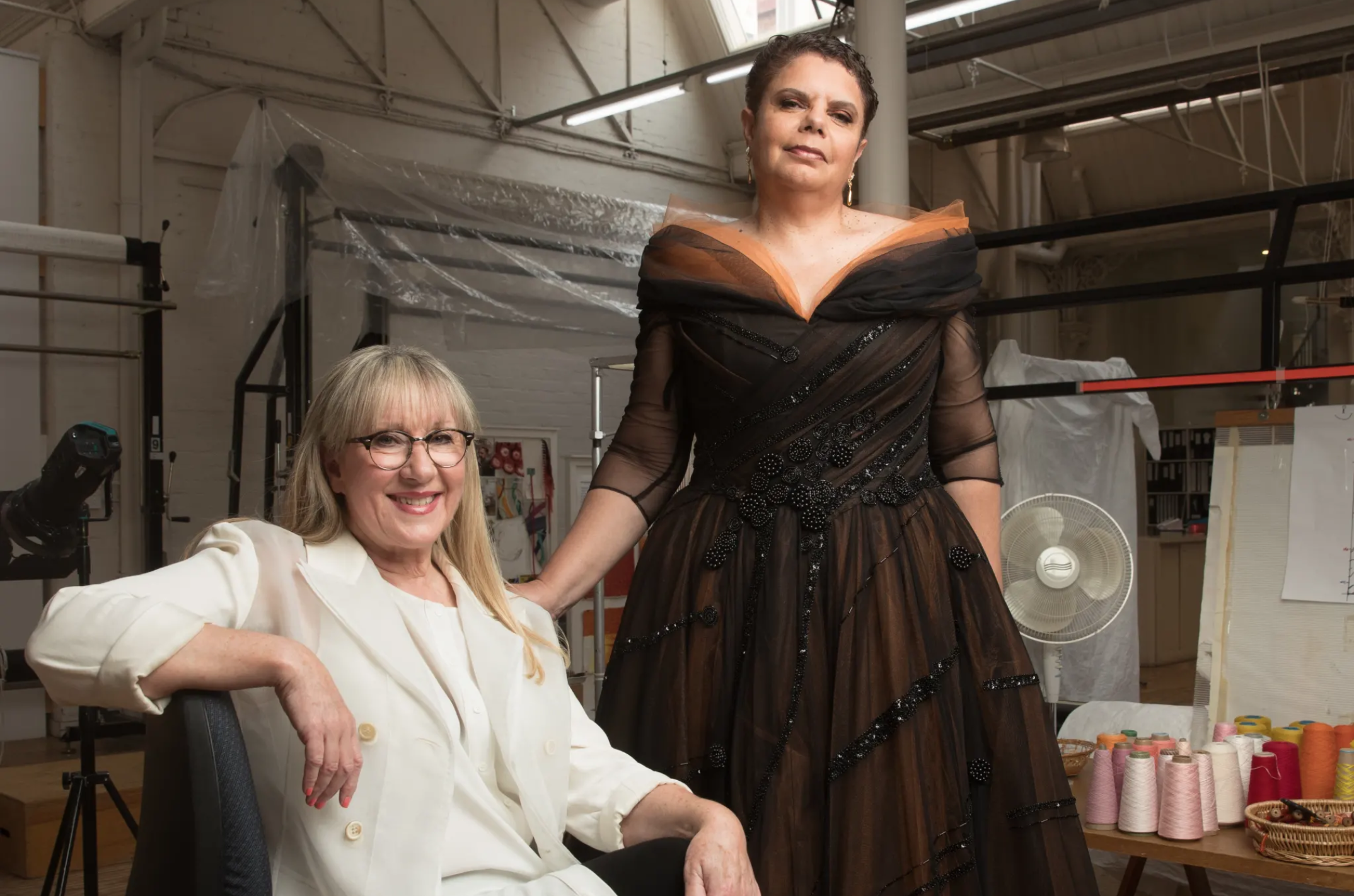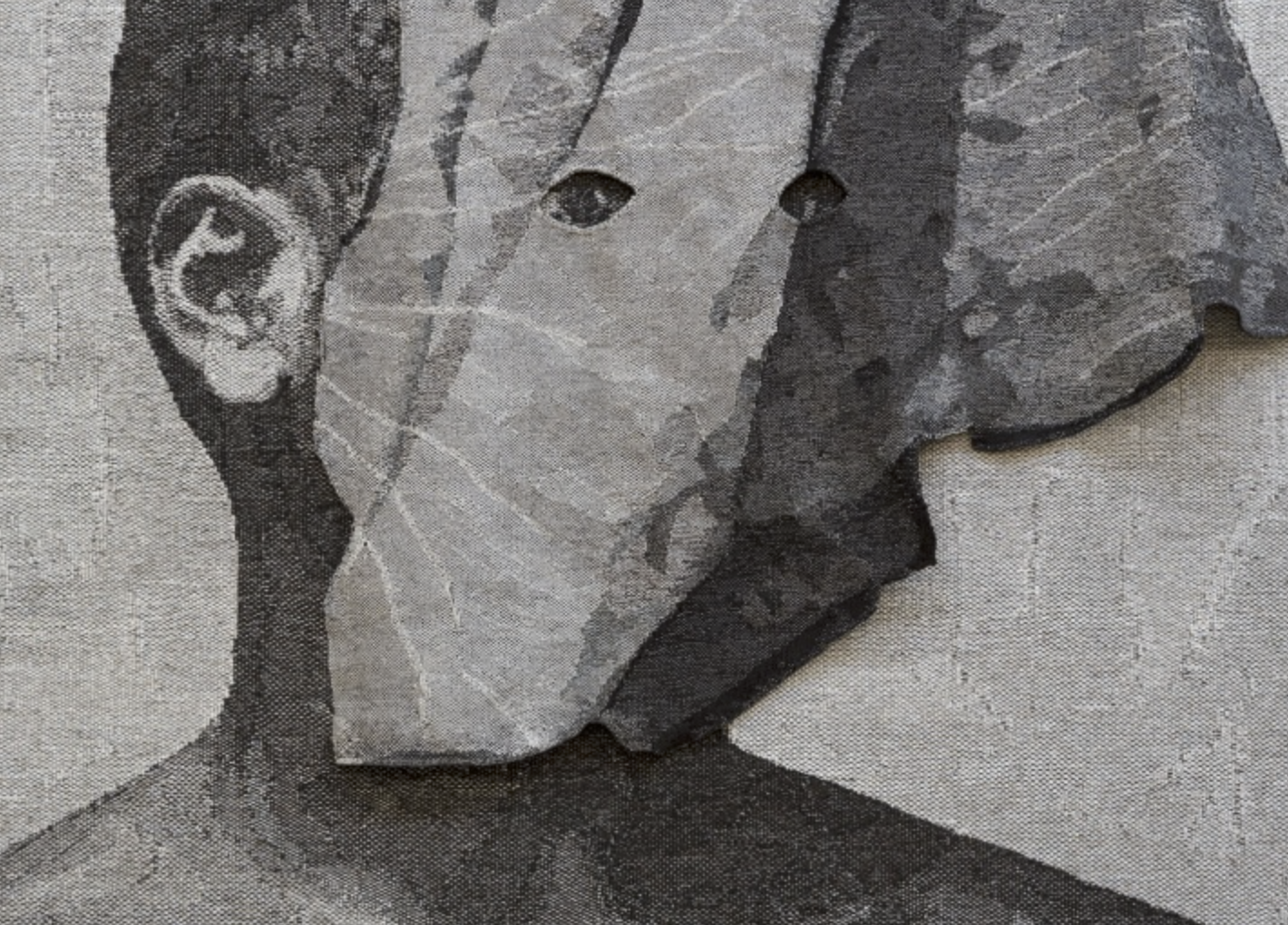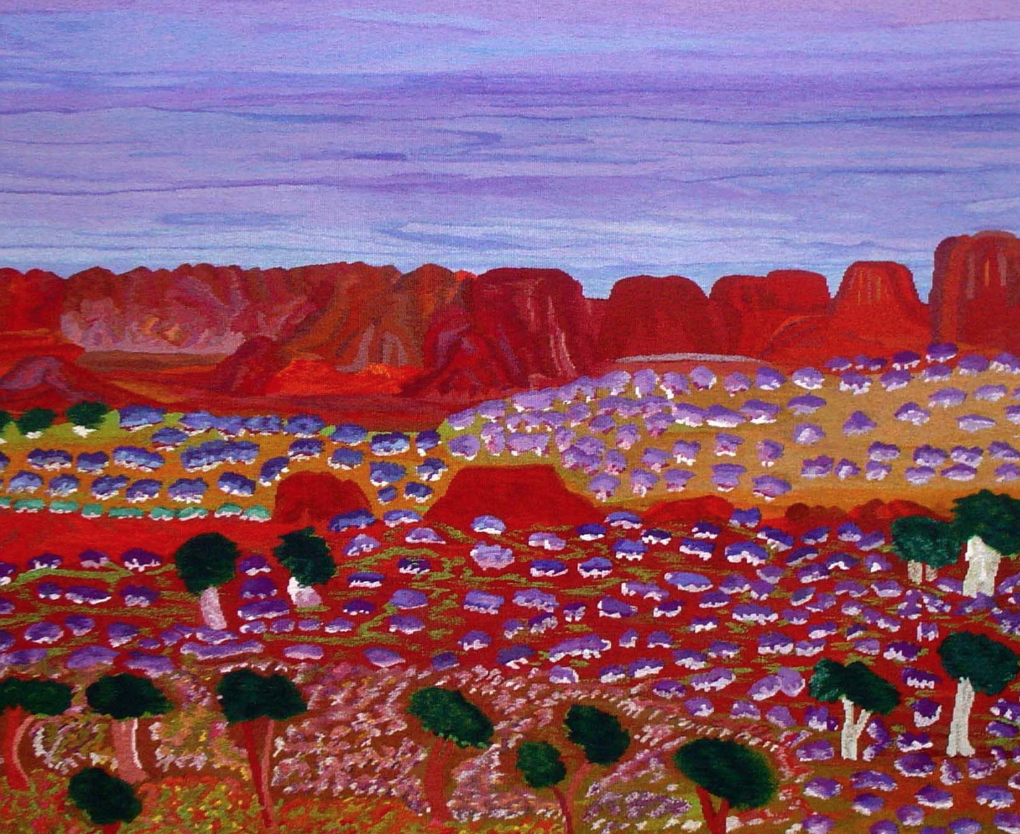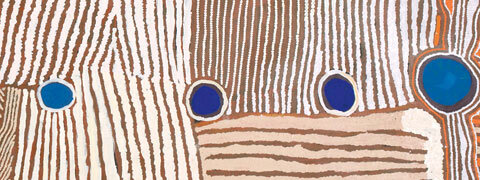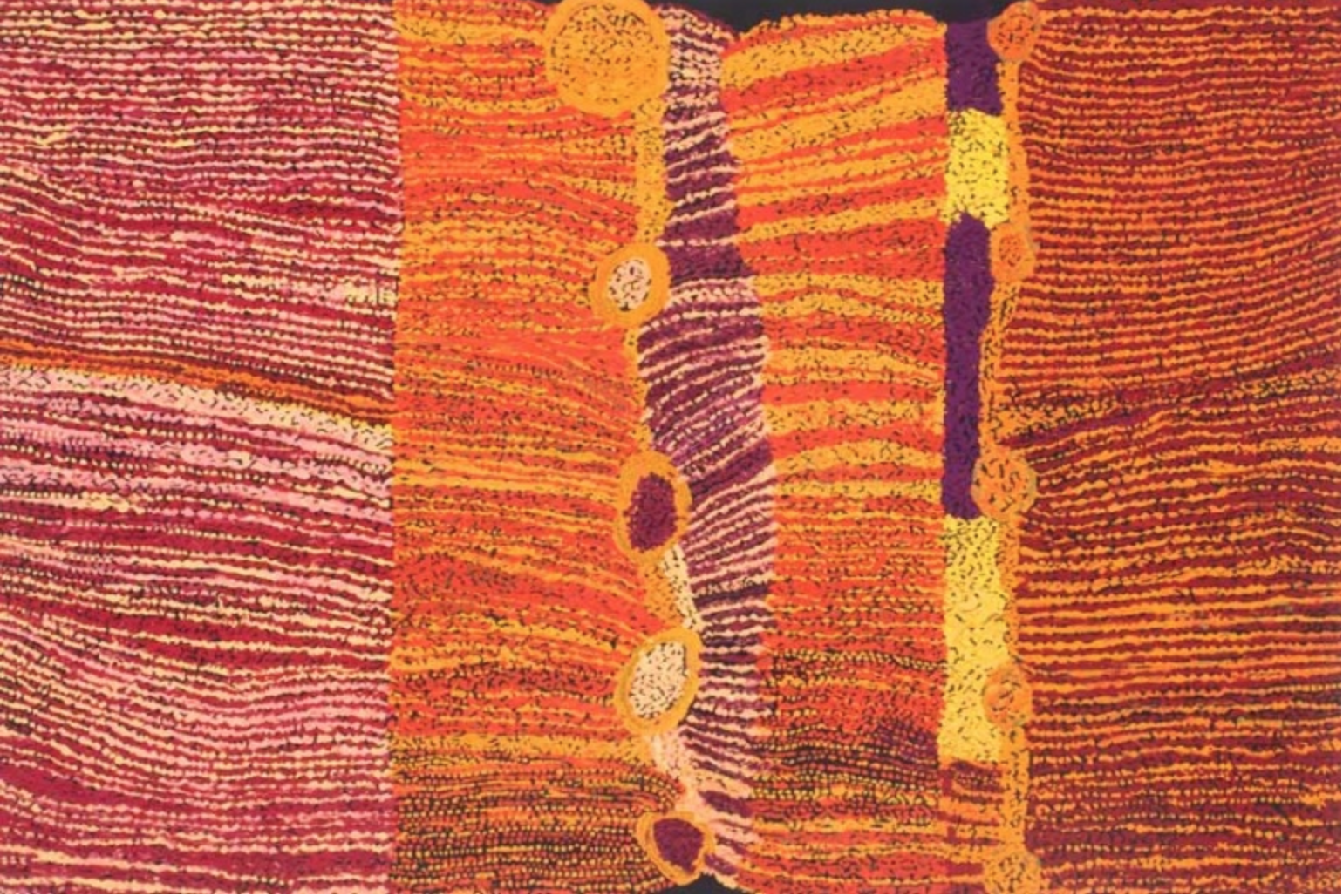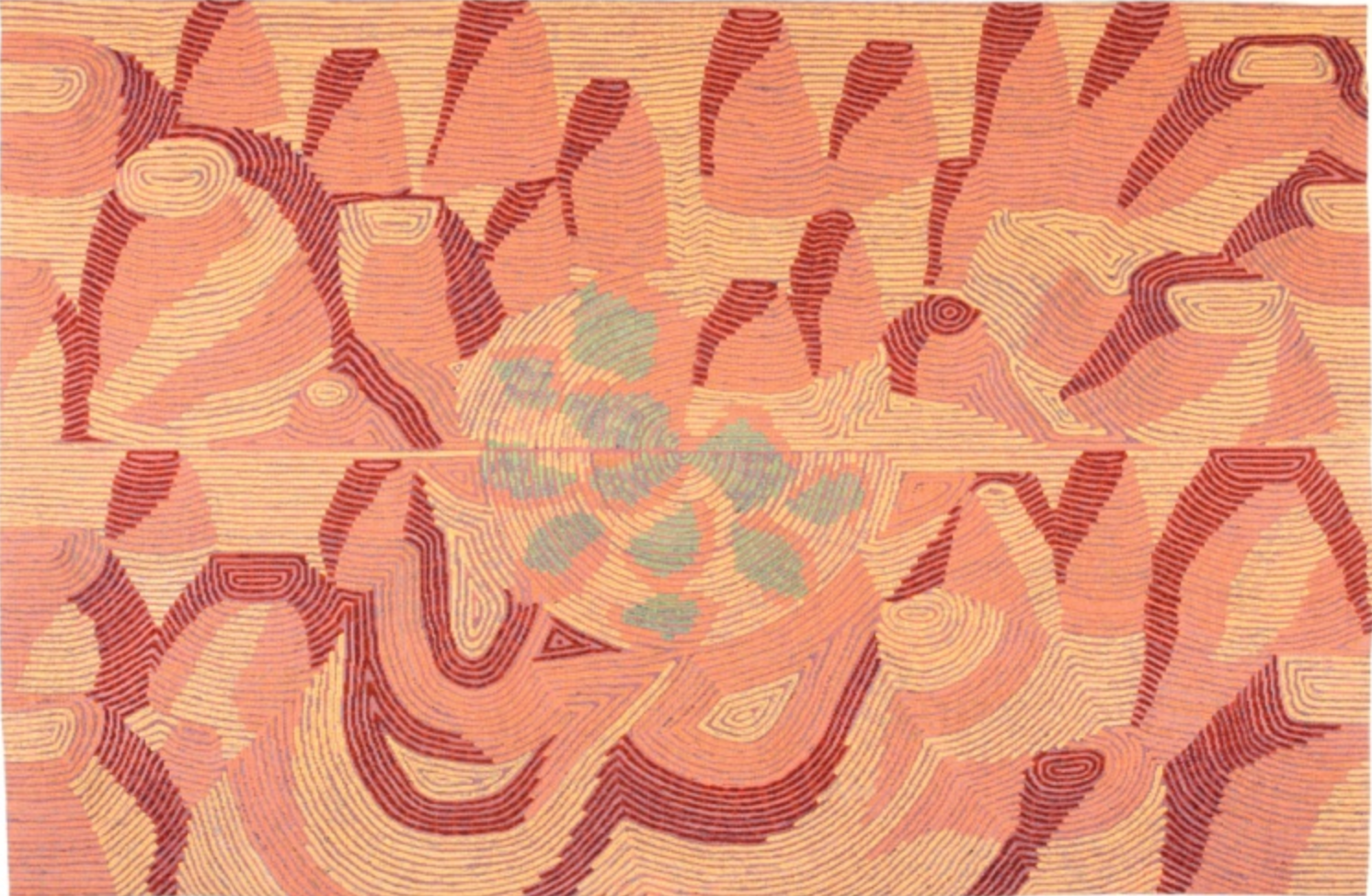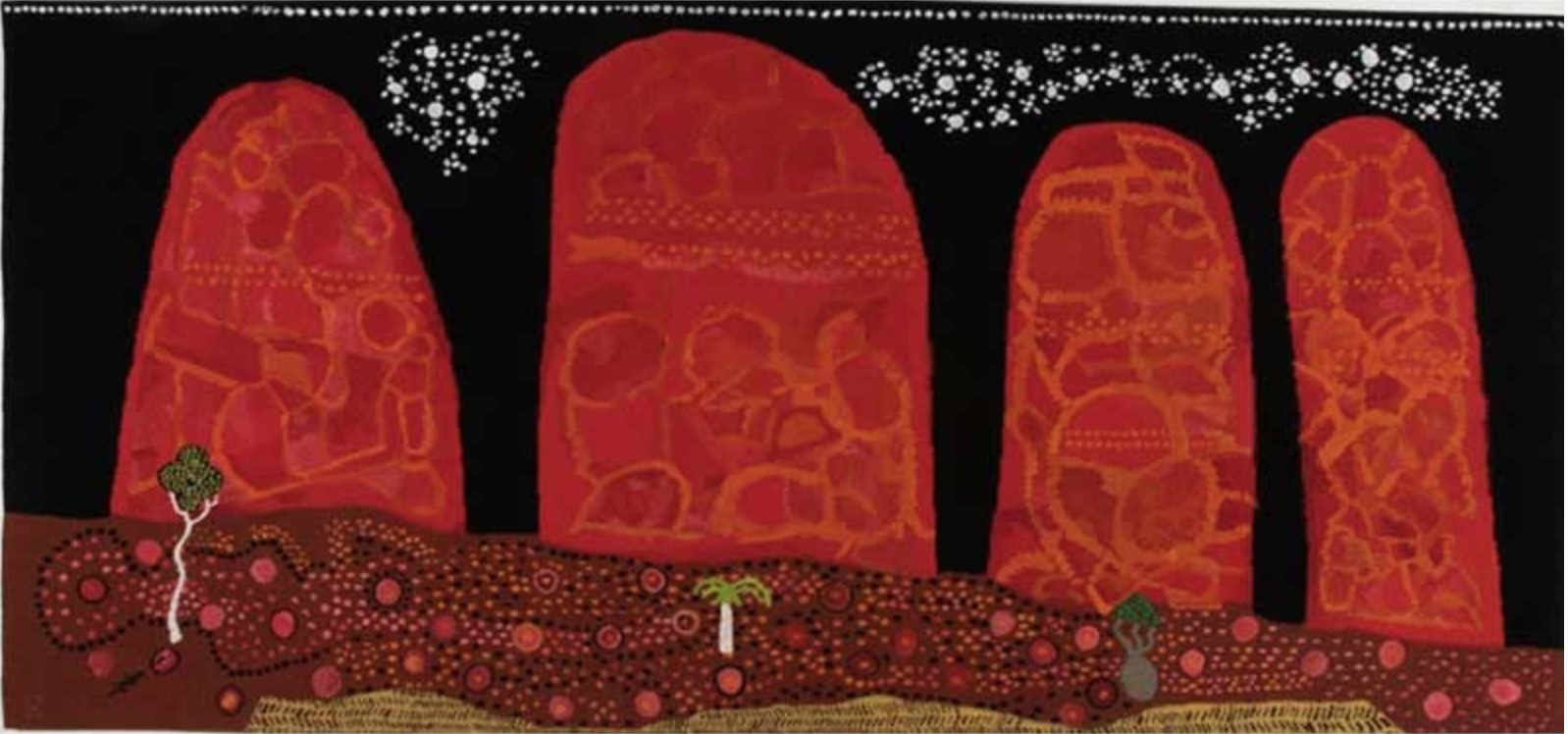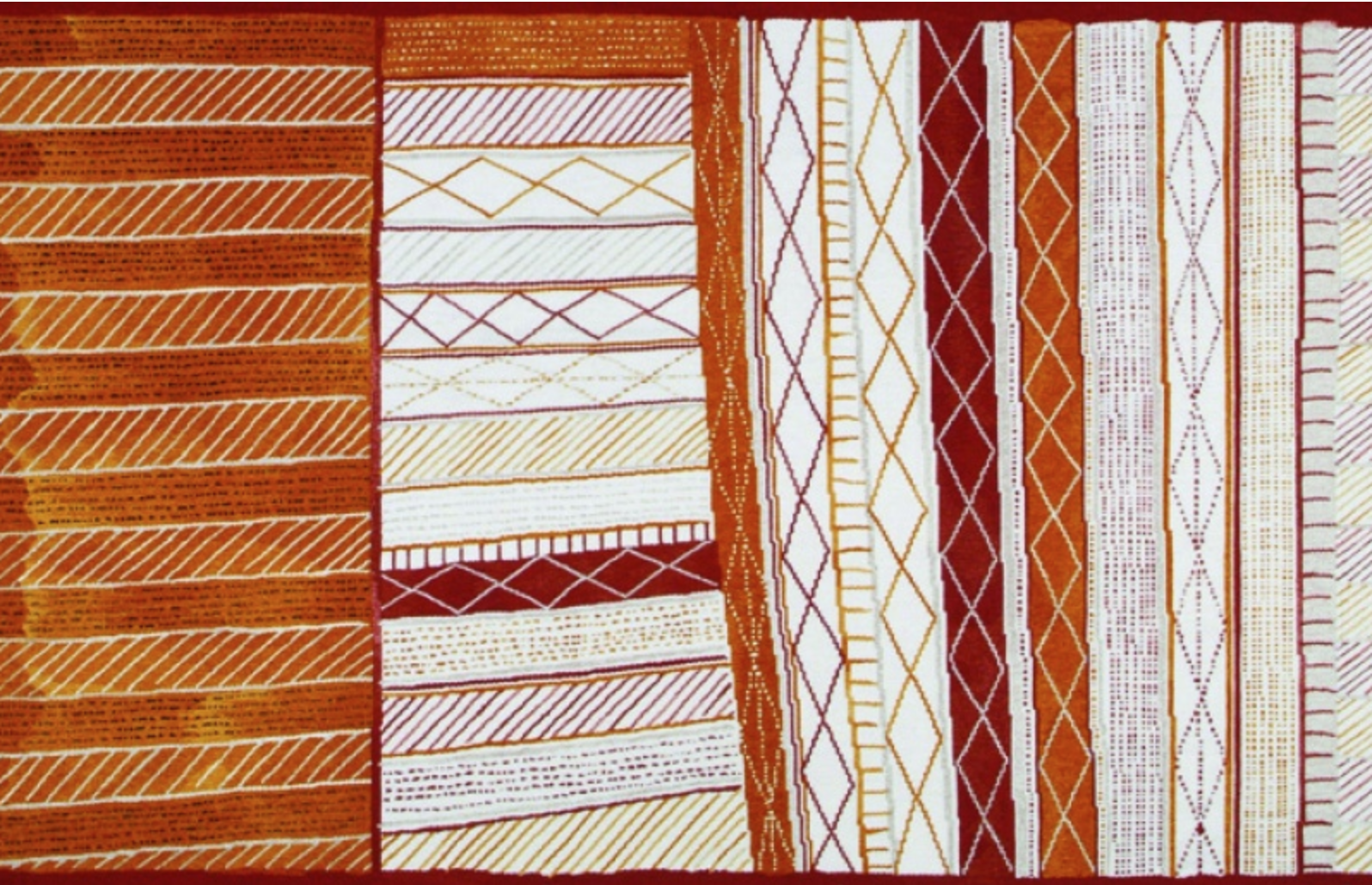10 Tapestries, 10 Compositions, 10 gowns and 10 international performances
Woven song
Composer and Soprano Deborah Cheetham, Tabla master Pandit Ashis Sengupta, Shakuhachi master Reison Kuroda
The Woven Song, Embassy Tapestry Project is the latest international project by Short Black Opera, featuring nine new compositions by Deborah Cheetham AO. The project celebrates works of art from an ancient culture, reinterpreted and recreated by the exceptional weavers at the Australian Tapestry Workshop, inspiring a contemporary response in current classical music practice. It is an innovative project that breathes new life into each work, honouring the artistic excellence of the artists involved in creating these three-dimensional works of cultural expression.
The nine Woven Song tapestries are currently on loan to Australian Embassies and High Commissions in New Delhi, Tokyo, Singapore, Washington DC, Paris, Rome, Dublin, The Holy Sea and Beijing.
A gala concert celebrating all nine works and the tapestries which inspired them is planned for early 2121 at the Melbourne Recital Centre. Melbourne couturier Linda Britten will create a new gown in response to each composition and the tapestries which have inspired them. This collection of gowns will be exhibited in Melbourne in late 2020.
The first in the series of nine compositions premiered at the Esplanade Theatres on the Bay in Singapore in May 2018, with featured artists from Short Black Opera, the Nanyang Academy of Fine Arts and the West Australian Symphony Orchestra. The next two works will premiere in Japan and India in 2019 and will feature SBO artists with members of the Plexus and Rubiks Collectives.
These musical compositions speak to the tapestries Brook Andrew's Catching Breath, Nanyuma Napangati's Untitled (detail from Kiwirrkurra women's painting) and Lumpu Lumpu Country by Daisy Andrews.


